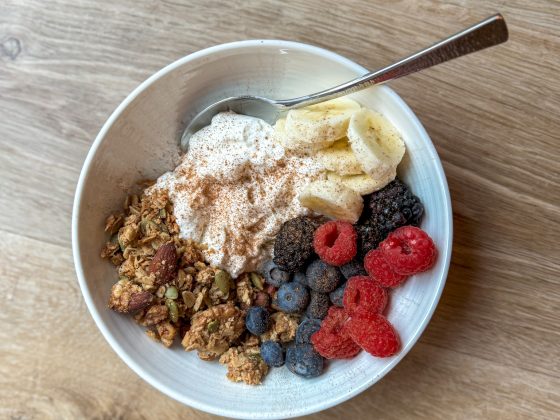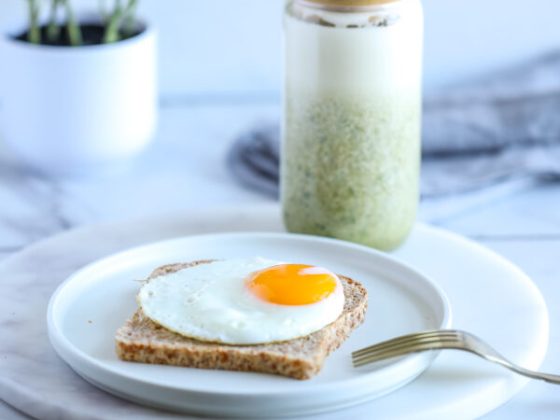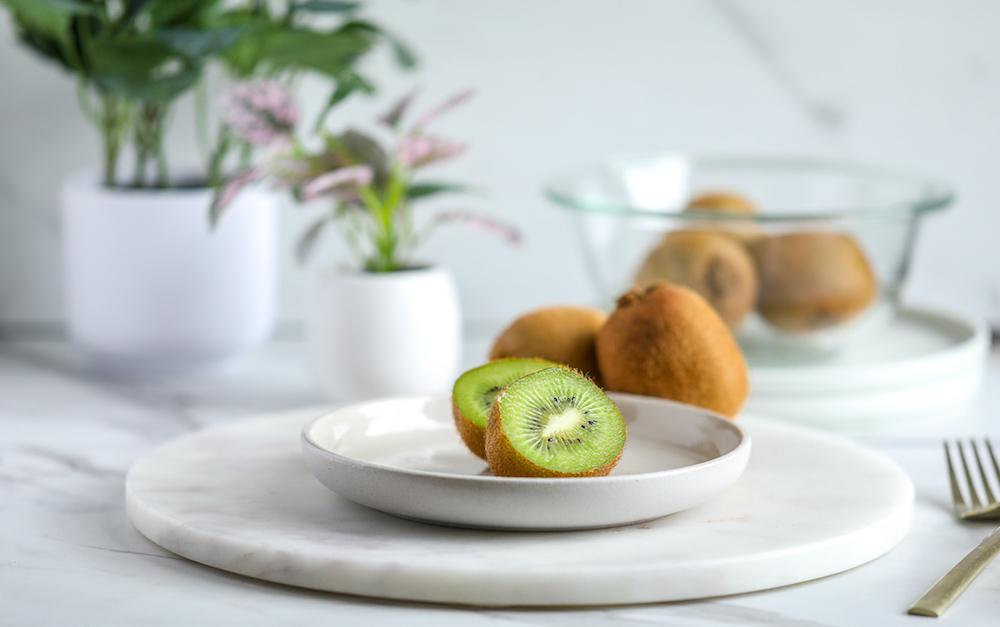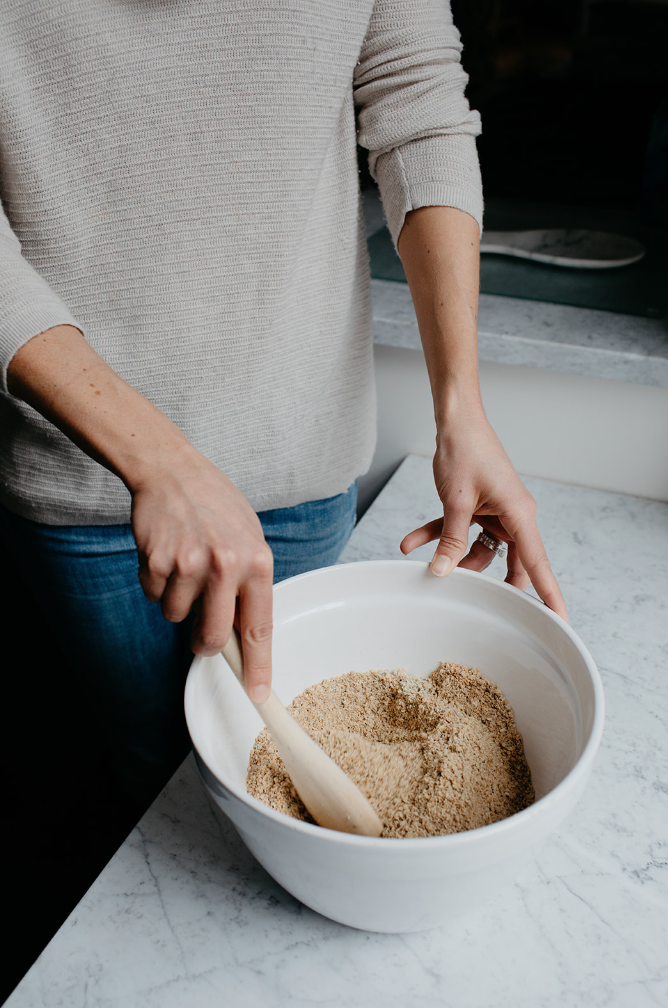If you bought a bag of lentils a while ago and they’re still sitting in your pantry, you may be left scratching your head when deciding their fate. Luckily, there’s many things you can do with this legume. Let’s dig deeper into what lentils are, how they’re good for your health, and how you can cook with them.
What are lentils?
Lentils are a small but mighty legume filled with nutrients. They’re cousins to chickpeas, peanuts, and soybeans. “Not only are lentils very nutritious, they are an environmentally friendly crop to produce,” Dr. Nisha Patel, MD, MS, an internal medicine physician says. Lentils come in many colors and varieties, including brown lentils, red lentils, and green lentils.
Health Benefits of Lentils
Lentils are filled with many vitamins and nutrients, so yes, they’re pretty good for you. They’re packed with fiber, protein, and antioxidants. Here are the nutrition facts for one serving of lentils:
- Fiber: 15.6 grams
- Thiamine: 22% reference daily intake (RDI)
- Folate: 90% RDI
- Iron: 37% RDI
- Manganese: 49% RDI
- Potassium: 21% RDI
- Lentils are a great source of fiber
One cup of boiled lentils contains about 16 grams of fiber, about half of your recommended daily intake. “Foods high in fiber support weight loss, blood sugar control, cholesterol control, heart health, and gut health.” Dr. Disha Narang, MD, an endocrinologist says. “In general, when an individual is transitioning to a more plant-predominant diet, a rapid increase in the amount of fiber can cause abdominal pain and excess gas or bloating. I recommend that individuals gradually increase their fiber intake, especially in the beginning. If someone isn’t used to eating lentils, they can consider introducing them a few times a week to start,” Dr. Patel says.
- Lentils are filled with antioxidants
Lentils are a plant-based food, which means they’re filled with phytochemicals, a compound that has an antioxidant effect. Lentils are rich in a particular class of phytochemicals called polyphenols. “These phytochemicals have a strong antioxidant, neuroprotective, and anti-inflammatory effect, which can aid in prevention of cancerous cells. While the mechanism is unknown, the polyphenols have a blood sugar-lowering effect as well,” Dr. Narang says.
- Lentils are a low-glycemic food
A diet rich in low glycemic foods has been studied to reduce the risk of heart disease, reverse prediabetes, and prevent chronic diseases. “Lentils are definitely a low glycemic food. For example, red lentils have a glycemic index of 21 and green lentils have a glycemic index of 22. This is especially important for people with diabetes as it prevents rapid blood sugar ‘spikes’. The complex carbohydrate and fiber content of lentils helps the blood glucose rise gradually versus ‘spiking’,” Dr. Patel says.
Where to Buy Lentils
Most lentil varieties can be found at your local supermarket or grocery store. There are usually three ways you can purchase lentils: dry, frozen, or canned. “Dry lentils are less expensive compared to canned varieties and don’t include any added ingredients,” Dr. Patel says. Frozen and canned lentils are great when you don’t have time to boil dry lentils. If you buy canned lentils, make sure to discard the water they’re soaked in. Rinsing the canned lentils with water can reduce their sodium content, Dr. Patel recommends.
How to Prepare Lentils
Dry lentils should be soaked in water before they’re boiled to remove any debris or stones. Boiled lentils can be added to a variety of dishes for a delicious twist. Here are some recommendations from Dr. Narang and Dr. Patel on how to prepare lentils:
- A lentil soup can be easy to put together, and can be made hearty with a combination of vegetables.
- You can use lentils as the bean replacement in tacos or burritos.
- You can soak and grind lentils into a paste to make crepes. This is a great way to introduce a low-carb, high-fiber, and high-protein option, or as a substitute for flatbread or regular bread.
- Sprouting lentils to use for salads or sandwiches is a great way to change the texture and even taste.
If you’re not a huge fan of lentils, you can still reap their health benefits by grinding them into your favorite dishes. “Incorporate lentils in sauces, dips, and puree them into soups. Flavoring lentils is key to the enjoyment of these incredibly nutritious foods,” Dr. Patel says. Additionally, start slow and experiment with different herbs and spices to please your taste buds. “The other nice thing is that there are so many recipes available from which to pull from; no need to reinvent the wheel. Keeping an open mind is key to expanding your palate!,” Dr. Narang adds.
Lentil Recipes
Interested in trying lentils? But don’t know where to start? www.Lentils.org may be a great place to visit! Here are some scrumptious lentil recipes that you’ll want to have over and over again.
- Quinoa Khichri (Indian Rice and Lentil Stew)
- Butternut Squash and Mixed Lentil Curry
- Sprouted Moong Dal (Yellow Lentil) Salad










